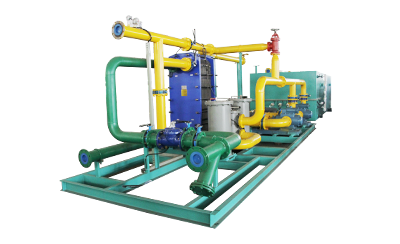Increased turbulence due to the excess oil flowing through the bearings, which creates additional air bubbles in the oil and reduces lubrication efficiency and oil life.
With these issues in mind, in 1995, a leading industrial supplier launched a joint project with the Technical University of Tampere, Finland, to simulate and study the flow characteristics of oil in lubrication systems. The results of the project gave new insights into the oil cycle and produced equipment.
aims
The main purpose of this research is to develop a dry thin oil lubrication system to solve the main problems affecting the existing dry thin oil lubrication system:
Effective use of oil
Remove water from oil
Removes foam and air from oil
Reduce energy and cooling water consumption

One stage of the study analyzed how the traditional fuel tank works. The resulting information is then used to develop an effective construction model to change the problem area.
Fuel tank efficiency
The size of a traditional rectangular fuel tank is based on a 30-minute retention time, assuming that the oil moves smoothly from the oil return port to the pumping area, and the flow is controlled by the middle wall of the tank.
To verify the theory, a computer simulation based on particle vectors was created and tested. Surprisingly, the survey clearly showed that only 30% to 50% of the oil can circulate smoothly, and the rest of the oil moves slowly or remains stationary in the tank.
The oil return port at the left end of the fuel tank is shown. Red and white indicate that the oil flow below the fuel tank is relatively fast.
Address: No.010 Xinglong Road, Huilong Industrial Park, Qidong City
Hotline:0513-83637668
Company Fax:0513-83637098
After sales service:0513-83635700
URL:www.qdhsrh.com
Website :en.qdhsrh.com
E-mail:qd3637668@163.com

Scan to learn more